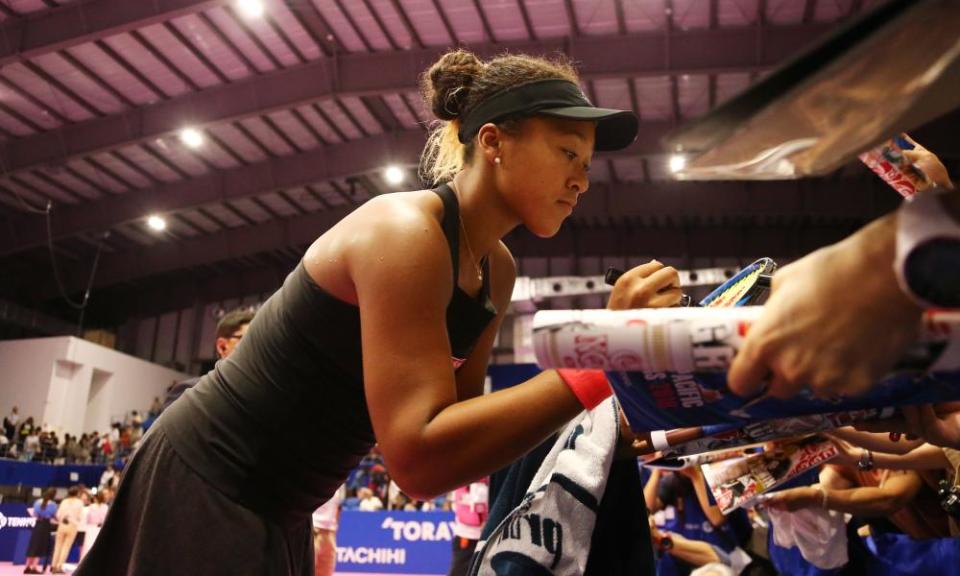Naomi Osaka's $8.5m Adidas deal shows being a female athlete can pay
Brands are beginning to come round to the idea that female sports can pull in huge audiences and plenty of potential customers

When Forbes released their list of the 100 highest-paid athletes, it came as a shock to many that not a single woman made the lineup. Not even Serena Williams, who is in the headlines even when she’s not playing.
Many of the male athletes on the list did not top the list because of how much they earn on the field or court: their riches stem from how much they make in endorsements. If you follow women’s sports closely, it’s been clear for a long time that female athletes’ endorsements are nowhere near those of their male counterparts. Huge contracts with the likes of Nike or Adidas don’t tend to happen, apart from rare exceptions such as Michelle Wie and Maria Sharapova.
Corporations, like the media, can set the tone for which athletes get exposure. So if companies don’t give female athletes lucrative endorsements, put them in commercials, or use them for print ads, the male stars will continue to gobble up revenue – even if the women have had more success. If you want an example of this, compare the earnings of the world champion US women’s soccer team to their male counterparts.
So a few days ago when I scrolled through my Twitter feed to see Naomi Osaka’s name trending after she signed an $8.5m annual deal with Adidas, I was elated. In addition, the new US Open champion also signed a three-year deal with Japanese carmaker Nissan.
Before we address Osaka’s gender, it should be noted that Adidas and Nissan both have an eye on the Japanese market, after the 20-year-old became the first Japanese player to win a grand slam singles title (and it should also be noted that endorsements for the country’s top male player, Kei Nishikori, dwarf those of Osaka).
But by making a long-term investment in Osaka, Adidas started a conversation about the value of female athletes, and the monetary return companies can get from their investment in women in sports.
After all, it makes economic sense. Currently, two out of five girls in the United States under the age of 18 participate in youth sports, an industry worth almost $15bn. Then there’s the fact that 59% of working women are sports fans.
Undervaluing the influence of female athletes is short-sighted. Stars such as Williams, Sharapova and Alex Morgan have Twitter and Instagram followings in the millions. When they post, people pay attention. And female athletes can help open markets around the world, India’s grand slam doubles champion Sania Mirza has millions of followers on social media.
The old lie that female athletes don’t pull in TV audiences is looking increasingly defunct too. During this year’s Winter Olympics, Team USA’s gold medal victory over Canada drew 3.7 million viewers, making it the most watched late-night show in NBCSN history. This was in spite of the game airing at midnight. And of course there’s the US Women’s soccer team, who garnered 22.86 million viewers in the US for the 2015 World Cup final against Japan. That was in comparison to baseball’s World Series from the year before, which attracted 23.5 million for Game 7. It was also the largest TV audience for any soccer match – men’s or women’s – in US history.
Which brings us back to Osaka. Her US Open victory against Williams drew 50% more viewers than the men’s final. Yes, it is fair to say that Williams drew a large portion of that audience because fans wanted to watch her claim a grand slam title less than a year after having her daughter, Alexis. But whatever the reason, it showed once again that female athletes can be a bigger draw than men.
More than ever, it’s clear brands can no longer ignore the power of female athletes – it’s something that benefits everyone.

